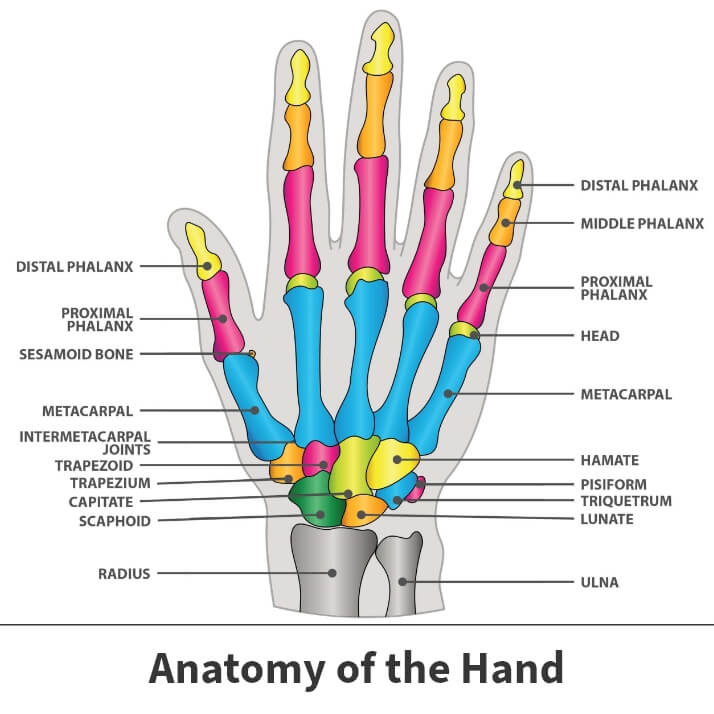Treatment
Like many other physical injuries, the severity will determine the type of treatment and how aggressive such efforts must be. Fortunately, a large percentage of finger fractures do not require surgery. Significant or complicated fractures may need surgical intervention.
Nonsurgical treatments options
Physicians can usually reposition mild to moderate finger fractures. After completing this process, the physician will likely place the injured finger inside a supporting device such as a splint or cast. This will ensure the finger remains in a fixed position, promoting healing and reducing the risk of encountering further damages.
Individuals heal at their own pace. Establishing recovery time frames often proves challenging. On average, supporting devices are worn for roughly three weeks.
Once removed from a splint or cast, many physicians advise to have some form of rehabilitative therapy. These exercises help the finger regain the strength and mobility it might have lost while immobilized.
Surgical procedures
When an operation is required to correct finger fractures, surgeons usually realign broken digits using objects like pins, wires, and screws. Following the procedure, the patient’s finger is typically immobilized anywhere from as long as four months or more.
Occasionally, the hardware placed inside the fractured bone is removed. Those materials may be left inside the affected bone to ensure proper healing and to prevent bone shifting.
Following removal of the stabilizing device, the patient typically begins physical therapy lasting for up to three months. In total, recovery from finger fracture surgery can take as long as four months.
Prevention
Since many finger fractures result from sudden and unexpected accidents, prevention is not always easy. That said, doctors caution patients to place significant emphasis on safety. This means protecting your hands whenever possible and refraining from reckless actions that could put the health of your hands in jeopardy.


